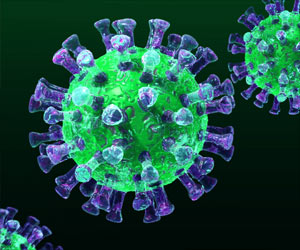Scientists surveyed 335 dromedary - single humped - camels from nine herds in Laikipia County, Kenya and found that 47% tested positive for MERS antibodies.

Although the majority of human cases of MERS have been attributed to human-to-human infections, camels are likely to be a major reservoir host for the virus and an animal source of MERS infection in humans, the study said.
For the researcher, a team of scientists from the University of Liverpool and institutions in the US, Kenya and Europe, surveyed 335 dromedary - single humped - camels from nine herds in Laikipia County, Kenya and found that 47 percent tested positive for MERS antibodies, showing they had been exposed to the virus.
"Although Laikipia County camel density is low relative to more northern regions of Kenya, our study suggests the population is sufficient to maintain high rates of viral transmission and that camels may be constantly re-infected and serve as long term carriers of the virus," said one of the study authors Eric Fevre, professor at University of Liverpool in Britain.
"It might be that the mutations required to make this virus zoonotic have only evolved recently in the Middle East, where the human outbreaks have so far been concentrated," Fevre said.
Further research to determine whether the MERS virus is dangerous to humans in Kenya and other sub-Saharan countries is critical, lead author Sharon Deem, director of Saint Louis Zoo Institute for Conservation Medicine in the US, said.
Source-IANS
 MEDINDIA
MEDINDIA




 Email
Email








